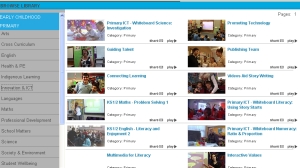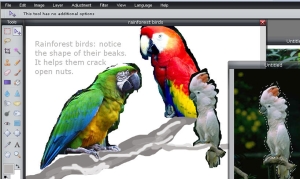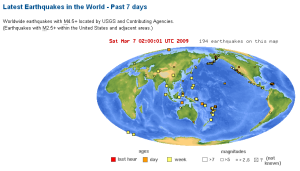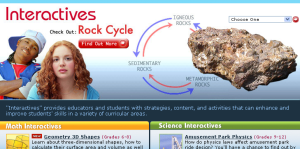Teachers TV is a website which has hundreds of videos about education, teaching and inspiring methods of sharing knowledge – and room for you to share your own videos, photos and story ideas. Teachers TV Australia is the Australian equivalent of the successful UK initiative, Teachers TV.
The UK service, as described on their website, is a successful web and 24 hour cable television initiative providing teachers and school administrators with professional development resources that are engaging, relevant and convenient to use. Teachers TV content often features great teachers and teaching in action. Stories are focussed on classroom and school observation to illustrate how different teachers deal with challenges, ideas, problems, innovation and systems.
Teachers TV Australia entered its first phase in early 2008 and is now committed to sourcing funding to create Australian content for Australian teachers, schools and principals. Teachers TV in Britain is funded by the UK’s Department for Children, Schools and Families and produced by an external production consortium. Teachers TV in Australia is an initiative brought to Australia by Peter Sjoquist AM, the driving force behind the drug and alcohol-prevention youth event Rock Eisteddfod Challenge , now a global event.
The first phase of teacherstv.com.au demonstrates examples of locally produced programming along with video material from the UK to illustrate how a full Australian service will work. A selection of UK content was reviewed during a 3 month period by our production team and a Teachers Review Panel consisting of teachers from around the country. The aim was to ensure we selected the most relevant content for the first phase.
Users will need to create a login by registering on the site. It is free and only takes minutes. Australian teachers, school staff, educationalists and principals will be able get the most out of Teachers TV Australia by becoming a Contributor. You can be the first to know about new stories when our regular newsletter begins. Once logged in, you may also register your interest in joining the Teachers Panel or suggesting story ideas that could be made by the Teachers TV crew in the future.
The website is also accompanied by a new Free-To-Air TV Channel aimed at up-skilling teachers and improving education within Australian schools. It commenced broadcasting Monday 3rd November to Australia’s largest free-to-air market (Metropolitan Sydney). Teachers TV is about real teachers, in real classrooms achieving results and is for teachers, principals, parents and everyone with an interest in what’s going on in education. Teachers TV will be available on Channel 47 on Broadcast Australia’s digital free-to-air television trial platform known as DIGITAL FORTY FOUR and can be received by any household who currently receives digital terrestrial Television signals (via a Digital TV or a set top box).
“Whatever their level of experience, teachers will be able to tune in to Channel 47 or log on to teacherstv.com.au and view resource videos from many different areas of the curriculum. The videos show real teachers in real classrooms and how they go about implementing curriculum,” Mr Sjoquist added. Programming outlining general teaching practices and methods will also be broadcast and available to view from the website. Teachers TV will share Channel 47 with Federal Parliament and be broadcast at times when Federal Parliament is not sitting. Further details on how to receive Teachers TV and the other DIGITAL FORTY FOUR services can be found at http://www.digitalfortyfour.com.au .






